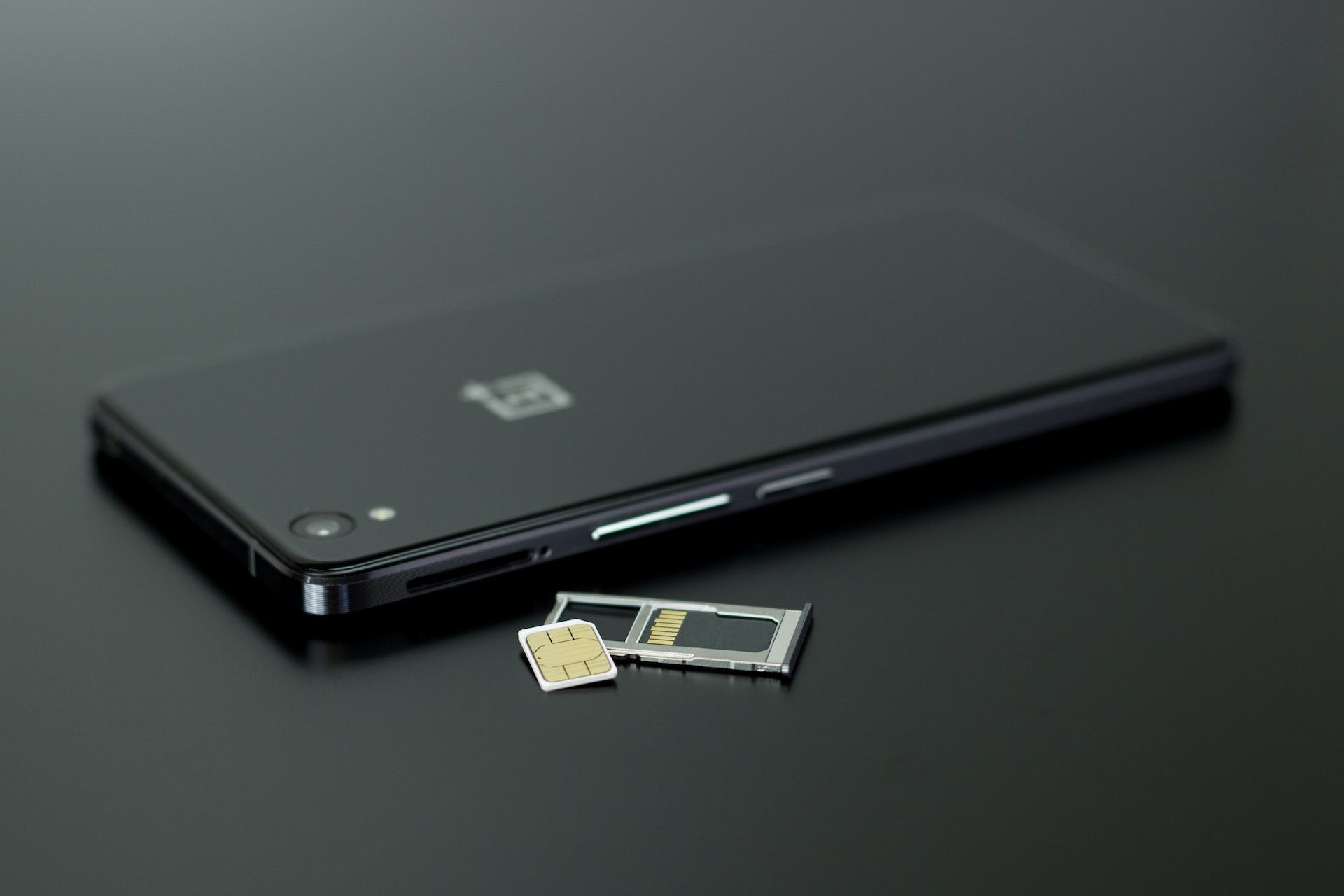eSIMs 101: วิธีการสลับระหว่าง eSIMS?
เลือก eSIM ที่คุณต้องการใช้
eSIM ซึ่งย่อมาจาก "Embedded SIM" ได้ปฏิวัติวิธีการเชื่อมต่ออุปกรณ์ของเรากับเครือข่ายเซลลูลาร์ ซึ่งแตกต่างจากซิมการ์ดแบบเดิม eSIM ถูกสร้างขึ้นโดยตรงในอุปกรณ์ที่เข้ากันได้มอบประโยชน์จากความสะดวกสบายที่เพิ่มมากขึ้น โดยเฉพาะในกรณีที่คุณมีหลายสาย ประโยชน์ที่ใหญ่ที่สุดประการหนึ่งของการใช้ eSIM แทนซิมจริงคือคุณสามารถสลับระหว่างสายต่างๆ ได้อย่างง่ายดายโดยไม่ต้องยุ่งยากกับซิมการ์ดจริงและถาดใส่ซิมการ์ด ในบทความนี้ เราจะแนะนำคุณเกี่ยวกับกระบวนการสลับระหว่าง eSIM ไม่ว่าคุณจะเปลี่ยนผู้ให้บริการหรือเดินทางไปต่างประเทศ

การติดตั้งโปรไฟล์ eSIM หลายรายการ
ขึ้นอยู่กับอุปกรณ์ของคุณ โดยปกติแล้วคุณสามารถมี eSIM ที่ใช้งานได้เพียง 1 ซิม (ในกรณีของอุปกรณ์ Android) หรือ 2 ซิม (ในกรณีของอุปกรณ์ iOS) ในแต่ละช่วงเวลา อย่างไรก็ตาม อุปกรณ์เหล่านี้ส่วนใหญ่ให้คุณติดตั้งโปรไฟล์ eSIM ได้หลายโปรไฟล์ในเวลาเดียวกัน ใน Android คุณสามารถติดตั้งโปรไฟล์ eSIM ได้มากถึง 7 โปรไฟล์ ขึ้นอยู่กับรุ่นอุปกรณ์ของคุณ ในขณะที่ใน iOS คุณสามารถติดตั้งโปรไฟล์ eSIM ได้มากถึง 1 โปรไฟล์ติดตั้งโปรไฟล์ eSIM สูงสุด 8 โปรไฟล์-
เหตุใดโปรไฟล์ eSIM หลายโปรไฟล์จึงมีประโยชน์หากไม่สามารถใช้งานทั้งหมดในเวลาเดียวกันได้?
หากเราพิจารณาในบริบทของซิมทางกายภาพ ก็ไม่ใช่ว่าจะมีอุปกรณ์ที่ให้คุณใช้งานซิมการ์ดทางกายภาพได้มากกว่า 2 ใบในเวลาเดียวกัน ดังนั้น จากมุมมองนี้ อาจไม่จำเป็นต้องมีโปรไฟล์ eSIM มากมายขนาดนั้น
แต่ลองนึกภาพดูสิว่า ถ้าแทนที่จะมีเพียงซิมการ์ดเดียว (หรือสองอัน) ในอุปกรณ์ของคุณ ตอนนี้ คุณสามารถมีซิมการ์ดสามหรือแปดอันในอุปกรณ์ของคุณในโหมดสแตนด์บายเพื่อใช้ในระหว่างการเดินทาง (หรือคุณเพียงแค่มีมากมายเหลือเกิน(เส้น) หากคุณมีซิมการ์ดทั้งหมดเหล่านี้ในอุปกรณ์ของคุณ เมื่อคุณต้องการสลับระหว่างเครือข่ายต่างๆ คุณไม่จำเป็นต้องดำเนินการค้นหาพินถาดซิม ถอดซิมเดิมออก ใส่ซิมใหม่ และอย่าทำซิมเดิมหายระหว่างนี้ เพียงไปที่การตั้งค่าและเปิดใช้งานซิมการ์ดที่คุณต้องการ
การติดตั้งโปรไฟล์ eSIM นั้นคล้ายกับการใส่ซิมจริงในอุปกรณ์ของคุณ การมีโปรไฟล์ eSIM หลายโปรไฟล์นั้นช่วยให้คุณสลับไปมาระหว่างเครือข่ายต่างๆ ได้อย่างง่ายดายเพียงไม่กี่ขั้นตอน!
ฉันคงจะสับสนใช่ไหมหากมีโปรไฟล์มากมายขนาดนั้น?
อาจเป็นไปได้ คุณอาจรู้สึกกังวลเกี่ยวกับการติดตั้งโปรไฟล์ eSIM หลายโปรไฟล์ในเวลาเดียวกัน เพราะคุณคงไม่อยากสับสนและลงเอยด้วยการเปิดใช้งานโปรไฟล์ที่ไม่ถูกต้อง แต่มีหลายวิธีที่คุณสามารถช่วยจัดการ eSIM ของคุณได้ นอกเหนือจากการลบ eSIM ที่คุณไม่ต้องการอีกต่อไปการตั้งชื่อ eSIM ของคุณเป็นวิธีที่เรียบง่ายแต่มีประโยชน์มากในการหลีกเลี่ยงความสับสนเมื่อคุณติดตั้ง eSIM หลายอัน
จะสลับระหว่าง eSIM ได้อย่างไร?
คล้ายกับการจัดการซิมทางกายภาพหลายอัน คุณยังสามารถใช้ eSIM ที่แตกต่างกันสำหรับวัตถุประสงค์ที่แตกต่างกันได้อีกด้วย หนึ่งในกรณีการใช้งานหลักของ eSIM คือเมื่อคุณใช้ eSIM เพื่อรับข้อมูลสำหรับการเดินทางของคุณในขณะที่ยังคงเปิดใช้งานสายหลักของคุณอยู่
หากคุณติดตั้ง eSIM หลายอันแล้ว และกำลังต้องการสลับระหว่าง eSIM เพื่อให้คุณสามารถเปิดใช้งาน eSIM ที่ถูกต้องสำหรับความต้องการข้อมูลของคุณ คุณสามารถทำได้ดังนี้:
บน iOS
- ไปที่การตั้งค่า > ข้อมูลมือถือ
- ภายใต้ ซิม (หรือ แผนบริการเซลลูล่าร์คุณสามารถเปิดหรือปิดซิมได้
- เลือกโปรไฟล์ eSIM ที่คุณต้องการใช้สำหรับข้อมูลมือถือของคุณ
บนระบบปฏิบัติการ Android
- ไปที่การตั้งค่า > การเชื่อมต่อ > ตัวจัดการซิม (หรือเครือข่ายมือถือ)
- เลือกโปรไฟล์ eSIM ของคุณและเปิดใช้งาน
- ภายใต้ซิมที่ต้องการ เลือกโปรไฟล์ eSIM ที่ถูกต้องสำหรับกิจกรรมที่แตกต่างกัน